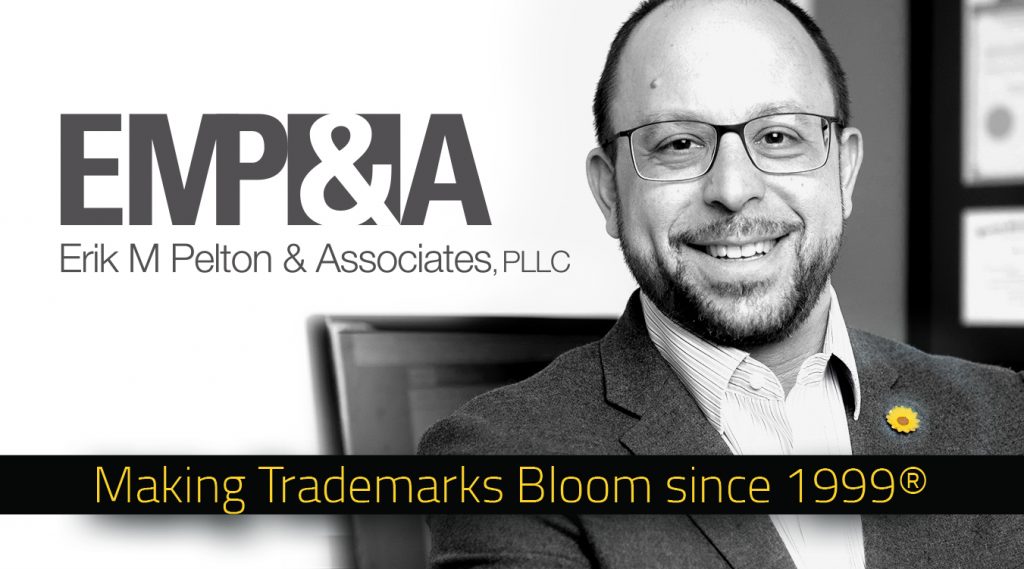Each time I go to a legal conference or a business conference, one of the biggest topics people are buzzing about is artificial intelligence, and how it might transform the way that a particular career or job or role or industry operates. There’s been quite a lot of chatter, over the last few years, about how AI might affect trademark practice and trademark law and all different types of legal industries. No doubt artificial intelligence will impact and change a lot of things and the tools that can do research and writing will be tremendous and I’m sure we are only at the tip of the iceberg with those.
But it is all the other things that go into a trademark application, that I don’t think can ever be replaced by artificial intelligence or computers. When I file a new trademark application, many things go into it. Not only the substantive and procedural concerns like thinking about potential conflicts, how to describe the goods or services, whether to file a name versus logo, but things that involve judgment, wisdom, experience and nuance.
What do I mean by those intangible things? I mean, the fact that I was trained as a USPTO Examiner by officials at the USPTO. And that I’ve attended dozens and dozens of meetings at the USPTO, several a year, to learn the latest developments and insights from them; that I’ve attended many, many conferences and lectures every year, in person, on the web and learned from skilled practitioners in the field of trademarks; and that I participate in trademark organizations and committees and insights that they provide, learning about new legislation or potential legislation or how things are done in other countries or all kinds of new things.
The Trademark Manual Examining Procedure is a wonderful research tool, but one has to know where to look and how to find it for it to be valuable. Computers will also not replace knowing the prior case law on relevant issues. A computer might be able to find another case that’s also about a restaurant or that’s also about the similarity of two marks that begin with the same word, but much, much more goes into finding the appropriate case law that might be relevant in a particular dispute or topic.
Of course, I’ve also written and spoken on many, many trademark issues, which also forms by knowledge and experience and enhances my understanding. I’ve also worked teaching law students and mentees who asked me challenging questions all the time, and I learn as much from them as I teach them. All of these things go into all of the trademark work.
Each of the thousands of trademark applications that I’ve filed at the US Patent and Trademark Office, also are informing the next application. All of the little things that I’ve learned along the way in each of those applications about things that worked and things that didn’t and things that sped up the process and things that slowed it down and all of the lessons that they provided, all of that information is much more than mere data that a computer can process and learn from.
What I have concluded from this exercise is that a trademark application is just as much of an art as it is a science, and the computers can help with the science part of it, but they can’t replace the art part of it.





